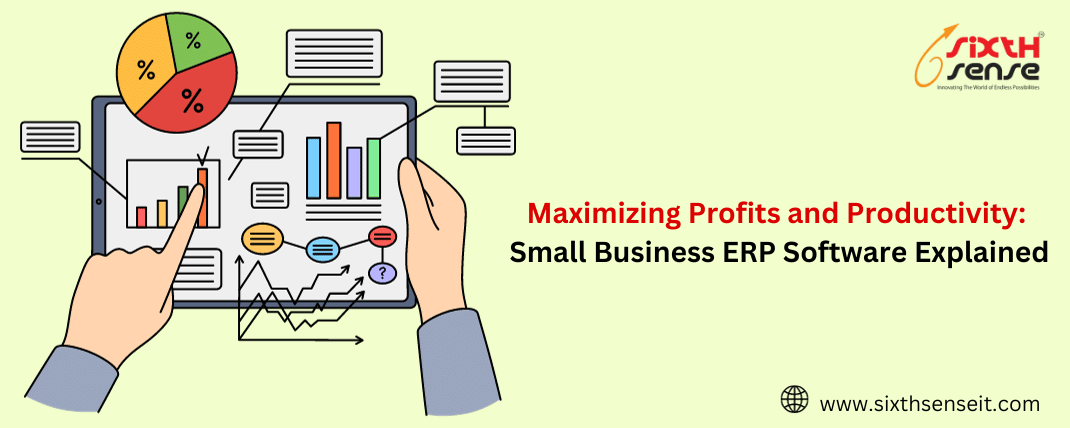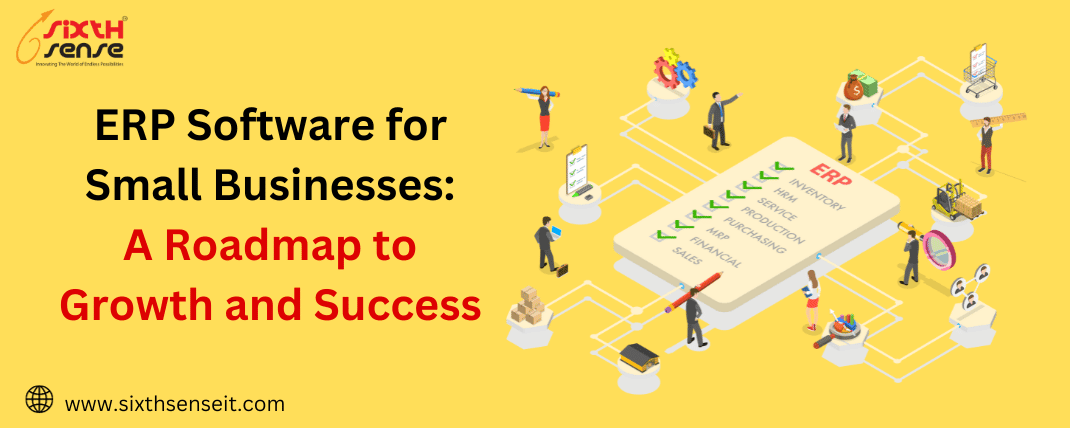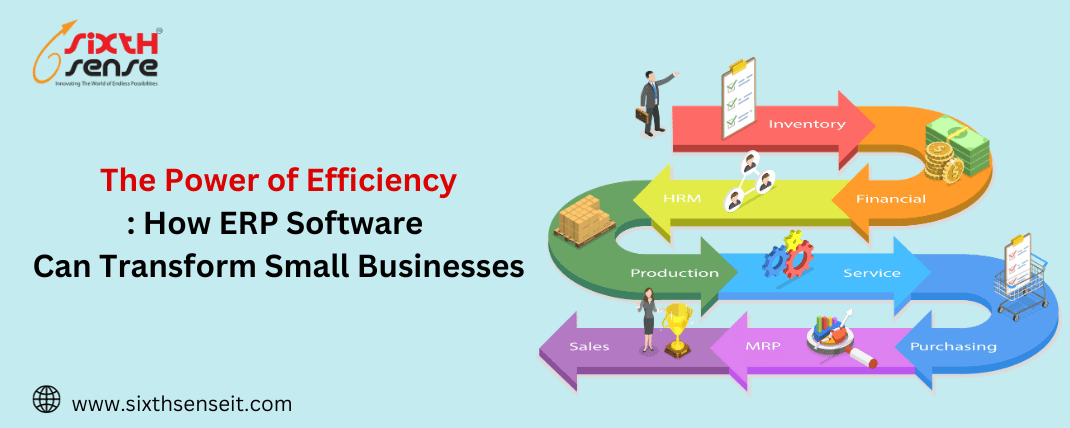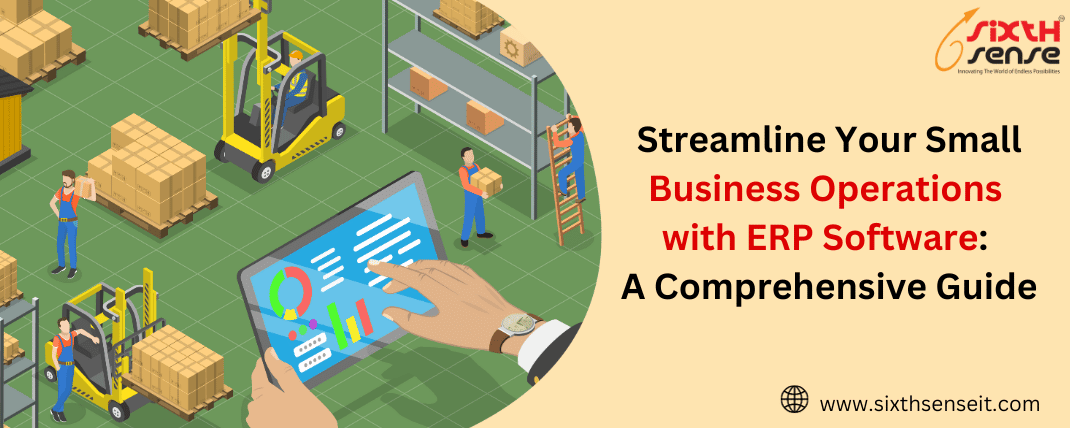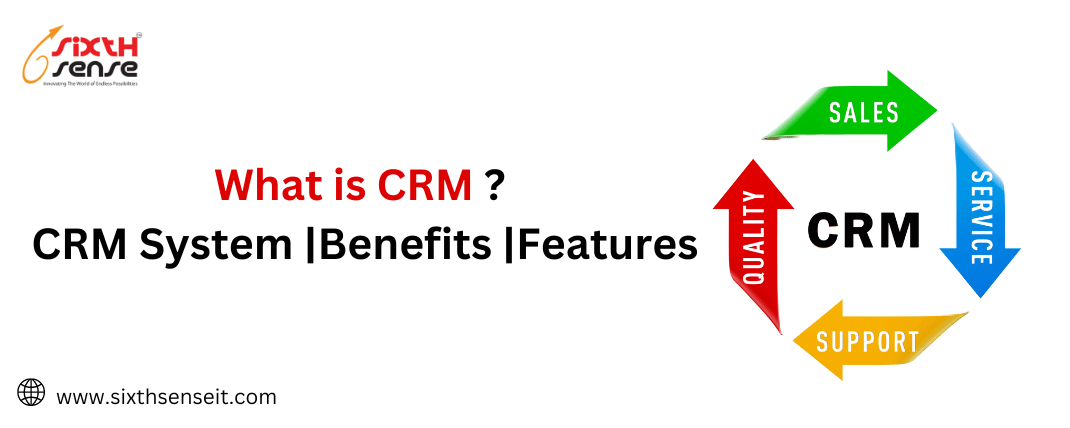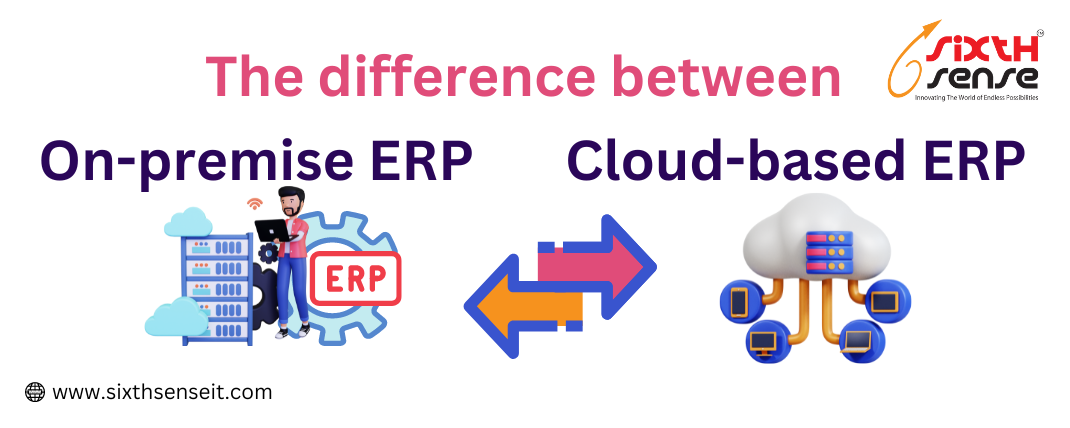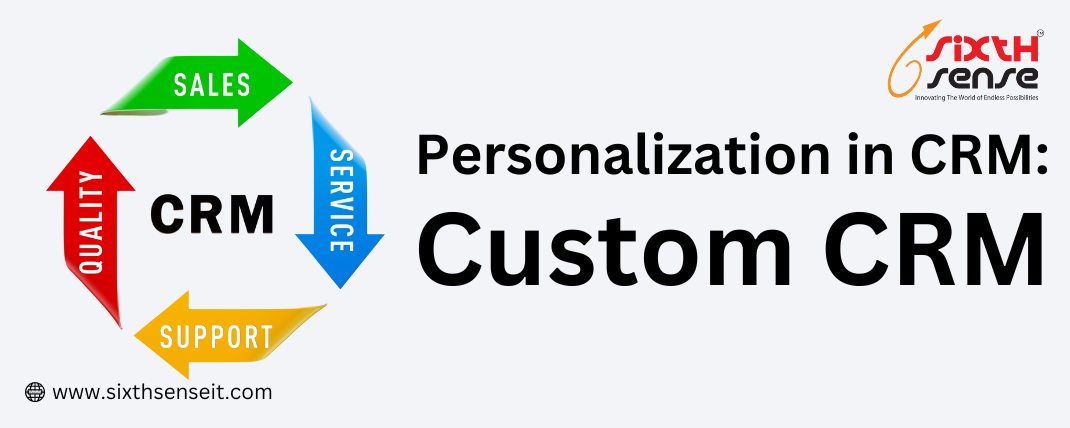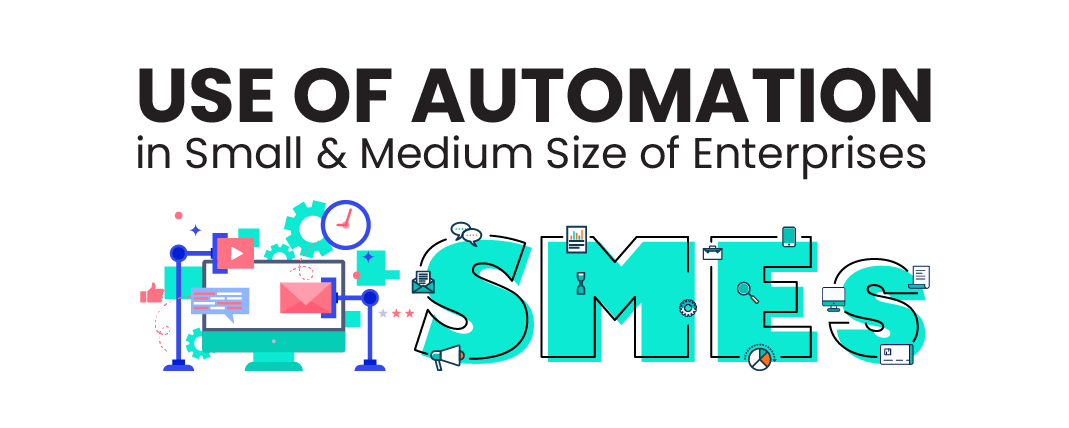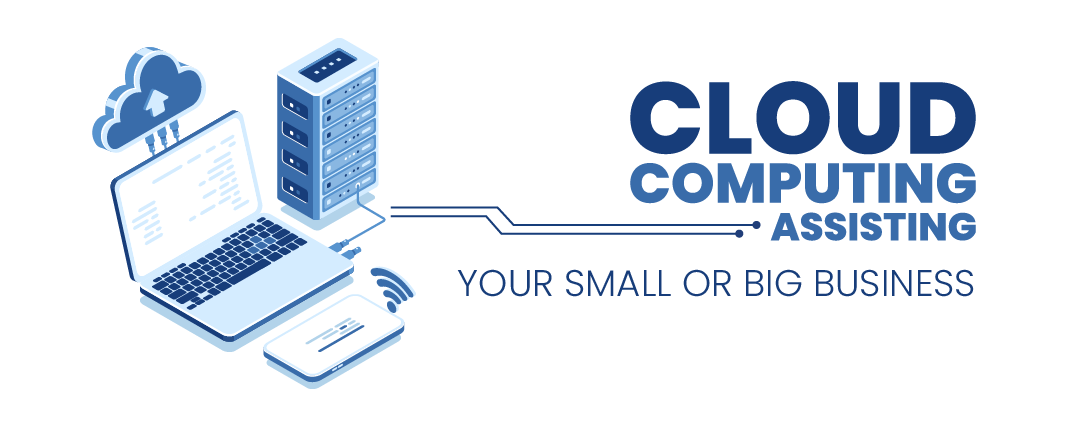
Implementing inventory management software to improve supply chain efficiency

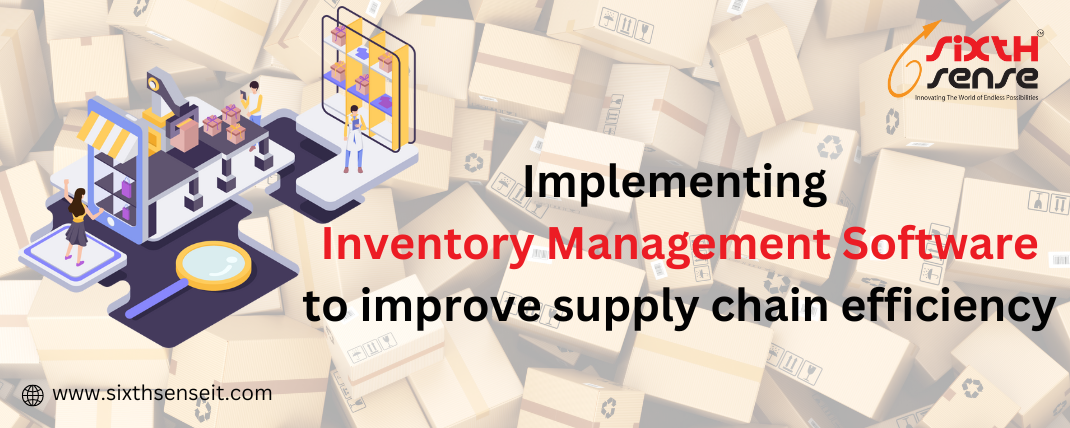
Inventory management software is a software application that helps businesses track and manage inventory levels, orders, sales, and shipments. It allows businesses to automate and optimize inventory management processes, reducing errors, minimizing waste, and increasing efficiency. Inventory management software typically includes a range of features and functionalities, including real-time inventory tracking, order fulfilment automation, barcode scanning, replenishment automation, reporting and analytics, and more.
Real-time inventory tracking is a critical feature of inventory management software. It allows businesses to track inventory levels in real-time, reducing the risk of stockouts and overstocking. Automated order fulfillment is another key feature of inventory management software. This feature allows businesses to fulfill orders more efficiently and reduce shipping times. Barcode scanning is a critical feature of inventory management software that allows businesses to track inventory levels more effectively, reducing the risk of errors and improving accuracy.
Replenishment automation is another important feature of inventory management software. This feature allows businesses to automatically reorder inventory when it falls below a certain threshold, ensuring that inventory levels are always optimized. Reporting and analytics are also essential features of inventory management software. These features allow businesses to track key metrics such as inventory levels, sales, and order fulfillment accuracy, providing insights into areas for improvement.
Inventory management software can be deployed on-premise or in the cloud. On-premise software is installed and maintained on the business's servers and is typically more customizable. Cloud-based software, on the other hand, is hosted on the vendor's servers and accessed via the internet. Cloud-based software is typically more affordable and requires less maintenance.
Overall, inventory management software is an essential tool for businesses looking to improve their supply chain efficiency. It provides businesses with the tools and functionalities they need to optimize inventory management processes, reduce errors, minimize waste, and increase efficiency. With real-time inventory tracking, automated order fulfillment, barcode scanning, replenishment automation, and reporting and analytics, businesses can streamline their inventory management processes and achieve success in the marketplace.
Inventory management is important for several reasons:
By managing inventory levels, businesses can ensure that they have the products their customers want, when they want them. This helps to prevent stockouts and backorders, which can lead to dissatisfied customers.
Managing inventory levels can help businesses to minimize the cost of carrying inventory. Overstocking can lead to unnecessary storage and handling costs, while stockouts can result in lost sales and missed opportunities.
Effective inventory management can help businesses to streamline their operations, reducing the time and resources required to manage inventory. This can free up staff to focus on other tasks, such as customer service, sales, and marketing.
Inventory ties up cash, so effective inventory management is important to ensure that businesses have enough cash on hand to meet their financial obligations. By managing inventory levels effectively, businesses can minimize the amount of cash tied up in inventory.
Effective inventory management helps to ensure that inventory records are accurate, reducing the risk of errors and ensuring that businesses have a clear picture of their inventory levels.
Overall, effective inventory management is critical to the success of any business that sells products. By managing inventory levels, businesses can improve customer satisfaction, control costs, increase efficiency, manage cash flow, and ensure that inventory records are accurate. This can help businesses to remain competitive in today's fast-paced and highly competitive business environment.
In today's fast-paced and highly competitive business world, having an efficient supply chain is crucial to success. One of the key components of a successful supply chain is inventory management. Implementing inventory management software can help businesses optimize their inventory processes, streamline operations, and improve supply chain efficiency. In this blog, we will explore the benefits of implementing inventory management software and the key features to look for in such software.
Inventory management software can help businesses improve inventory accuracy by providing real-time inventory updates. This allows businesses to track inventory levels more effectively, reducing the risk of stockouts, overstocking, and waste. Accurate inventory tracking also helps businesses to fulfill orders more efficiently and reduce shipping times.
Inventory management software can help businesses streamline their operations by automating processes such as order fulfillment, replenishment, and purchasing. This reduces the time and resources required to manage inventory, freeing up staff to focus on other tasks.
Implementing inventory management software can help businesses reduce costs by minimizing waste, improving order fulfillment accuracy, and reducing labor costs associated with manual inventory management processes.
Inventory management software can help businesses increase productivity by automating tasks such as stock tracking, order fulfillment, and replenishment. This allows staff to focus on more important tasks such as customer service, sales, and marketing.
Real-time inventory tracking is a critical feature of inventory management software. This allows businesses to track inventory levels in real-time, reducing the risk of stockouts and overstocking.
Automated order fulfillment is a key feature of inventory management software. This feature allows businesses to fulfill orders more efficiently and reduce shipping times.
Replenishment automation is another important feature of inventory management software. This feature allows businesses to automatically reorder inventory when it falls below a certain threshold, ensuring that inventory levels are always optimized.
Barcode scanning is a critical feature of inventory management software. This allows businesses to track inventory levels more effectively, reducing the risk of errors and improving accuracy.
Inventory management software should provide robust reporting and analytics features. This allows businesses to track key metrics such as inventory levels, sales, and order fulfillment accuracy, providing insights into areas for improvement.
In conclusion, implementing inventory management software is essential to improving supply chain efficiency. By improving inventory accuracy, streamlining operations, reducing costs, and increasing productivity, businesses can achieve success in today's fast-paced business environment. When selecting inventory management software, it is essential to consider key features such as real-time inventory tracking, automated order fulfilment, replenishment automation, barcode scanning, and reporting and analytics. With the right inventory management software in place, businesses can optimize their inventory processes and achieve success in the marketplace.













































